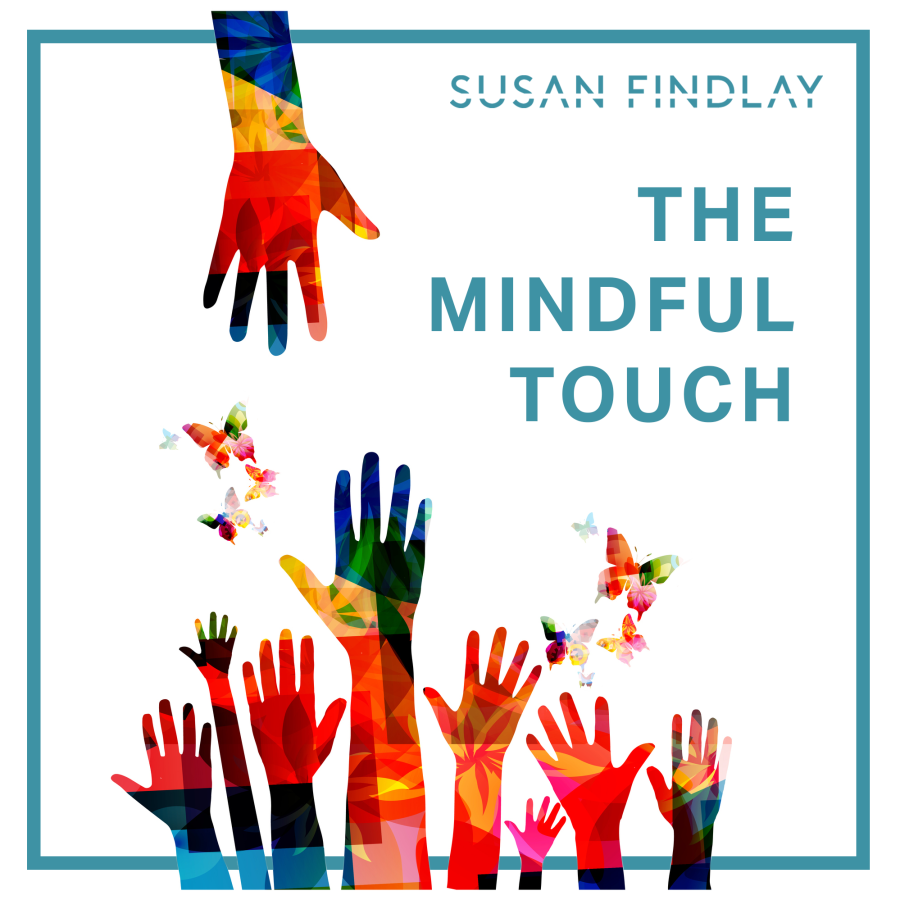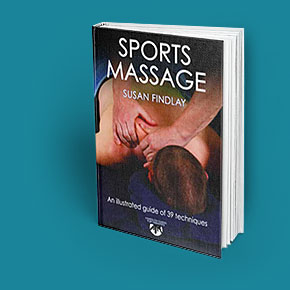What do I actually mean when I say “Mindful Touch”? The mindful touch, is it fluffy and light, or is it referring to an informed and remedial touch? The truth is, it has elements of both concepts but ultimately, it is neither.
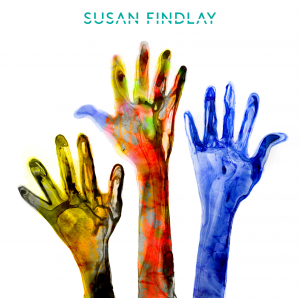 What I am referring to when I call it a Mindful Touch is the ability to palpate, relax into the tissue and react to what your hands are feeling. It is a response to an experience. It might be deep, it might be very superficial, the skill is to be able to reach a comfortable depth that feels as if you have reached that ‘satisfying and connected’ depth. It requires the ability to react to the feedback being felt within the connective tissue, developing the skill to move at a suitably rhythmic speed, choosing techniques that would benefit the situation, and responding to what your hands are feeling.
What I am referring to when I call it a Mindful Touch is the ability to palpate, relax into the tissue and react to what your hands are feeling. It is a response to an experience. It might be deep, it might be very superficial, the skill is to be able to reach a comfortable depth that feels as if you have reached that ‘satisfying and connected’ depth. It requires the ability to react to the feedback being felt within the connective tissue, developing the skill to move at a suitably rhythmic speed, choosing techniques that would benefit the situation, and responding to what your hands are feeling.
When I talk about massage, I often use descriptive words like ‘melt’, ‘sink’, ‘softly engage’, being ‘tissue led’. When I teach, I redirect therapists away from “doing” to a client and ask them instead to “respond” to what they feel. This requires a well-grounded therapist who is not being distracted by the busyness of life, someone who can be present in what their hands are doing and feeling. According to Berkley University’s science magazine, “Mindfulness means maintaining a moment-by-moment awareness of our thoughts, feelings, bodily sensations, and surrounding environment, through a gentle, nurturing lens.” (1)
So much of our lives is spent on the to do list mentality, ticking off those boxes that it can translate into how we work. Engaging in your work as a Mindful Touch therapist requires you put that behind you, supressing the tendency to be a performance led therapist. It can take some skill in the beginning to quieten your thoughts and to be an observer, it can be a challenge for those of us who have been trained to use reasoning as a method in which we move forward, to make decisions, to choose the next move. I am not saying that we ignore academic knowledge, it certainly plays a useful role in the process of our treatment but it does not lead, rather it supports what we do and opens up possibilities.
Practice! Practice! Practice!
Experience is essential for improving your hands on skills in a mindful way. When I am teaching oncology therapists, many of the therapists find it hard to slow down and trust their hands. They often present with a vast range of skills, many have been taught routines or have a big tool kit of remedial & advanced techniques and their focus is on the head leading rather than the hands. I understand the difficulty that this can pose, it is not easy to switch from one method to another.
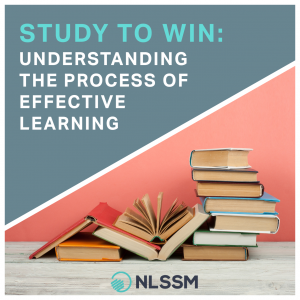 I recently wrote another blog about studying and how you can retrain your brain to take on a new habit and to let go of the old. Here is an excerpt:
I recently wrote another blog about studying and how you can retrain your brain to take on a new habit and to let go of the old. Here is an excerpt:
The more you practice the clearer and stronger the messages get, which enables the action to be performed with less effort and greater co-ordination. Over time you are strengthening the neuronal pathway in your brain that controls this pattern.
This metaphor of a big green field is a less scientific explanation:
- Creating a new learning pathway:
- You are standing in front of a field of fresh tall grass that no one has walked on before.
- You want to get to the other side but you cannot see how to do it as there is no path.
- You need to break through and decide to move forwards. Make your own path. Over time as you walk this path the grass will become compressed, defined, recognisable, and easier to travel along.
- Breaking free from an inadequate pathway:
- If you can see a well-defined pathway in the field you will want to take that route. It is the only path you can see and you will likely follow it unquestionably, even if it is going the wrong way.
- Whilst on it, it is even harder to leave it.
This is an analogy for what happens in the brain. It is difficult to break free from habits and patterns as our brains have well-established neural pathways to point us towards. Establishing new pathways and practices are difficult but over time it will get easier.
I often see this when I am working with an established therapist who has developed some ‘bad habits’. It takes some doing to change their habits as they have to resist what they find easy.
Throughout learning ask yourself regularly: “which pathway am I reinforcing?”
It can take time, but having invested in your training and gaining a level of experience took effort, your skills did not just materialise out of the blue, you took the time developing them, so retraining is doable.
A Mindful Touch approach has many benefits which can be used in all therapy.
No gain without pain?
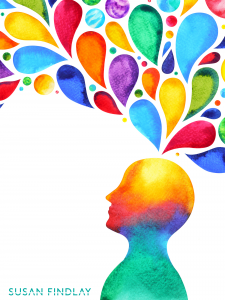 I now need to address the elephant in the room! What do you do with the client or therapist who believes that pain is essential in achieving a more successful outcome? We’ve all had that client that comes in and opens up the conversation with “I am used to receiving deep tissue massage” or “I want a deep tissue massage”. These clients often equate pain with a good massage, but pain is our body’s way of telling us it senses danger, it is a signal that is asking us to stop whatever it is we are doing, and it does not like the situation.
I now need to address the elephant in the room! What do you do with the client or therapist who believes that pain is essential in achieving a more successful outcome? We’ve all had that client that comes in and opens up the conversation with “I am used to receiving deep tissue massage” or “I want a deep tissue massage”. These clients often equate pain with a good massage, but pain is our body’s way of telling us it senses danger, it is a signal that is asking us to stop whatever it is we are doing, and it does not like the situation.
So, when I hear stories from a client about a treatment that left them with bruises, feeling like they have been run over by a steamroller, or that they’ve experienced days of soreness and felt like they needed to recover from the massage session, I just think wrong, wrong, wrong. I too love deep tissue massage, but it doesn’t have to be brutal. When a therapist approaches the session using a mindful touch they will find the depth that is perfect, it will feel deep, connected and meet the need without beating up the connective tissue. Our job is to enhance the healing process, to assist it in the recovery, massage should encourage tissue to make changes at a speed that works within its rhythm, facilitating a more effective outcome.
I read some research the other day titled ‘Fascia as a Sensory Organ’ by Robert Schleip, where he claims that the “…fascial element of the muscle is innervated by approximately 6 times as many sensory nerves that its red muscular counterpart.” (2). His work goes on to explain the importance of using an effective touch that recognizes the different types of mechanoreceptors and their responses to our manual techniques.
Also, we need to consider what our own mental status and touch is communicating to our client. The method we choose to communicate with the tissue is significant, (as demonstrated in Robert’s piece) but also what we bring to the session emotionally plays a role as well. Touch has always been regarded as a powerful tool in communication. We know a hug is quite different from a slap, hence my belief that our intention as a therapist can influence the outcome of our sessions. In a research paper from 2017, a group of neuroscientists investigated “brain connectivity while subjects were receiving a static touch by an operator engaged in either a tactile attention or auditory attention task.” (3). The gist of the paper was that what you bring to the table, i.e. your intention, how you are feeling at that moment is transmitted to your clients sensory pathway to the brain, so if your mood is not in the right place this will become part of the therapy, hence why it is important to leave negative emotions at the door.
 Finally, to help support this idea of a mindful touch having a positive effect on the tissue is a piece that I found in ‘Scars, Adhesions and the Biotensegral Body’ by Jan E. Trewartha and Sharon L. Wheeler, titled ‘The unreasonable effectiveness of light touch’ by Leonid Blyum. It is a well written piece delivered by a brilliant mind, in it he explains how and why light-touch application have been working well for centuries.
Finally, to help support this idea of a mindful touch having a positive effect on the tissue is a piece that I found in ‘Scars, Adhesions and the Biotensegral Body’ by Jan E. Trewartha and Sharon L. Wheeler, titled ‘The unreasonable effectiveness of light touch’ by Leonid Blyum. It is a well written piece delivered by a brilliant mind, in it he explains how and why light-touch application have been working well for centuries.
All of these individuals, whether scientists, neuroscientists, biotensegrity experts, kinesiologists alike are advocating the importance of a therapist’s ability to respond to what the tissue is saying, that our palpation skills should be what drives our sessions and it should be given priority over the intellectual. Our experience and training all play a valuable part but if our hands are not feeling, the effectiveness of our touch can be undermined.
If you are having trouble grasping this concept, try this exercise: put your hands on someone and close your eyes. Don’t push, just rest your hands on their leg or back, wherever you are comfortable. This should be done with a client or member of your family or a friend somewhere quiet and peaceful, not on the Tube or the bus! Without any expectations, time limits or intentions allow your hands to be your eyes and experience what they are ‘seeing’. Eventually the tissue will melt under your hands, your hands will sink and when you feel you’ve reached a comfortable depth start to move your hands. Start off slowly and if the tissue tightens up pull back and slow down. Allow yourself the opportunity to feel and be ‘tissue led’. You can practice this approach using all your soft tissue skills, the tissue has a story to tell and it is waiting for someone to listen.
Will that be you?
References
- https://greatergood.berkeley.edu/topic/mindfulness/definition accessed 26/06/2021
- Schleip, Robert & Hedley, Gil & Yucesoy, Can. (2019). Fascial Nomenclature: Update On Related Consensus Process. Clinical Anatomy. 32. 10.1002/ca.23423.
- Cerritelli, Francesco et al. “Effect of Continuous Touch on Brain Functional Connectivity Is Modified by the Operator’s Tactile Attention.” Frontiers in human neuroscience vol. 11 368. 20 Jul. 2017, doi:10.3389/fnhum.2017.00368
